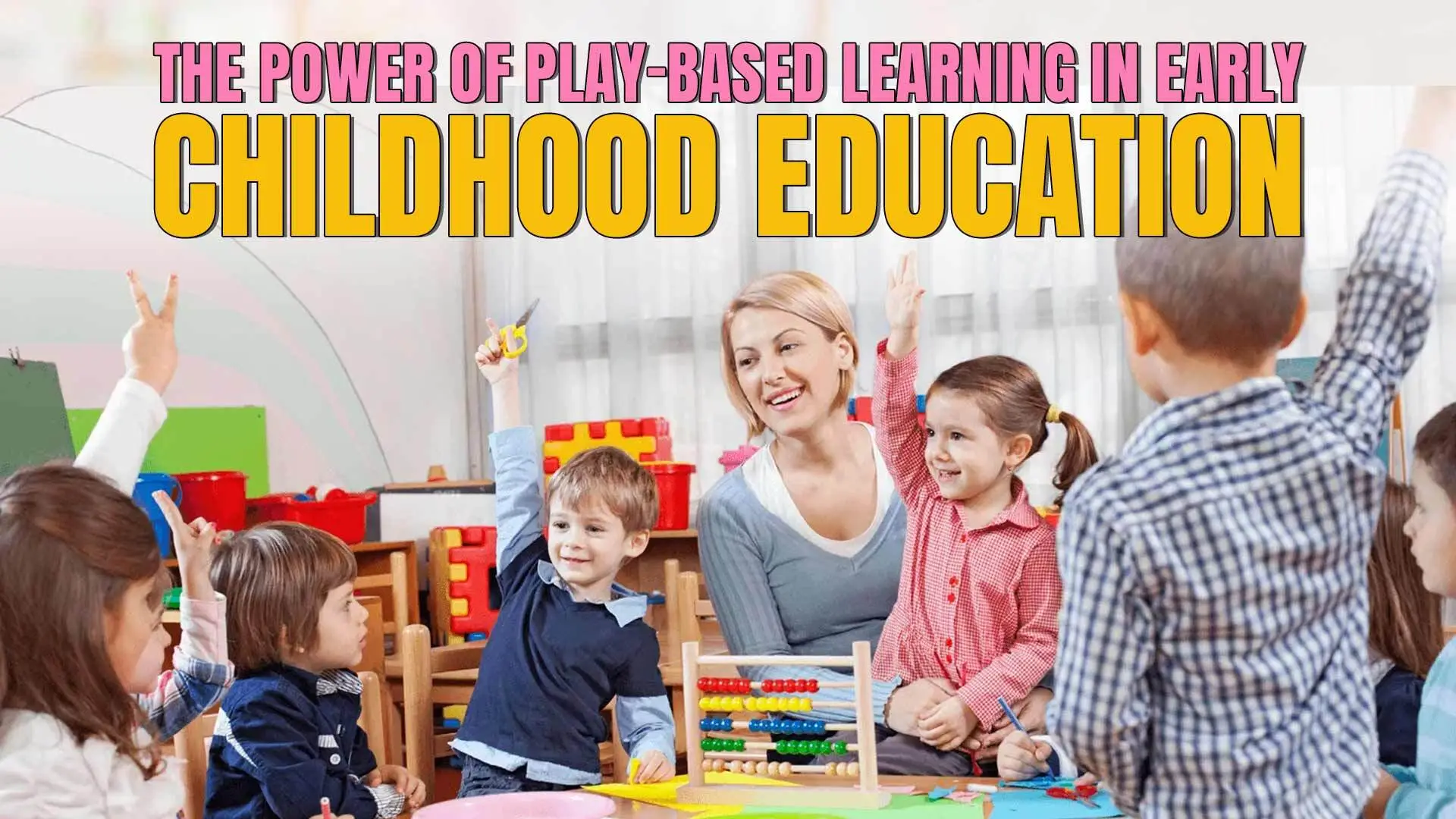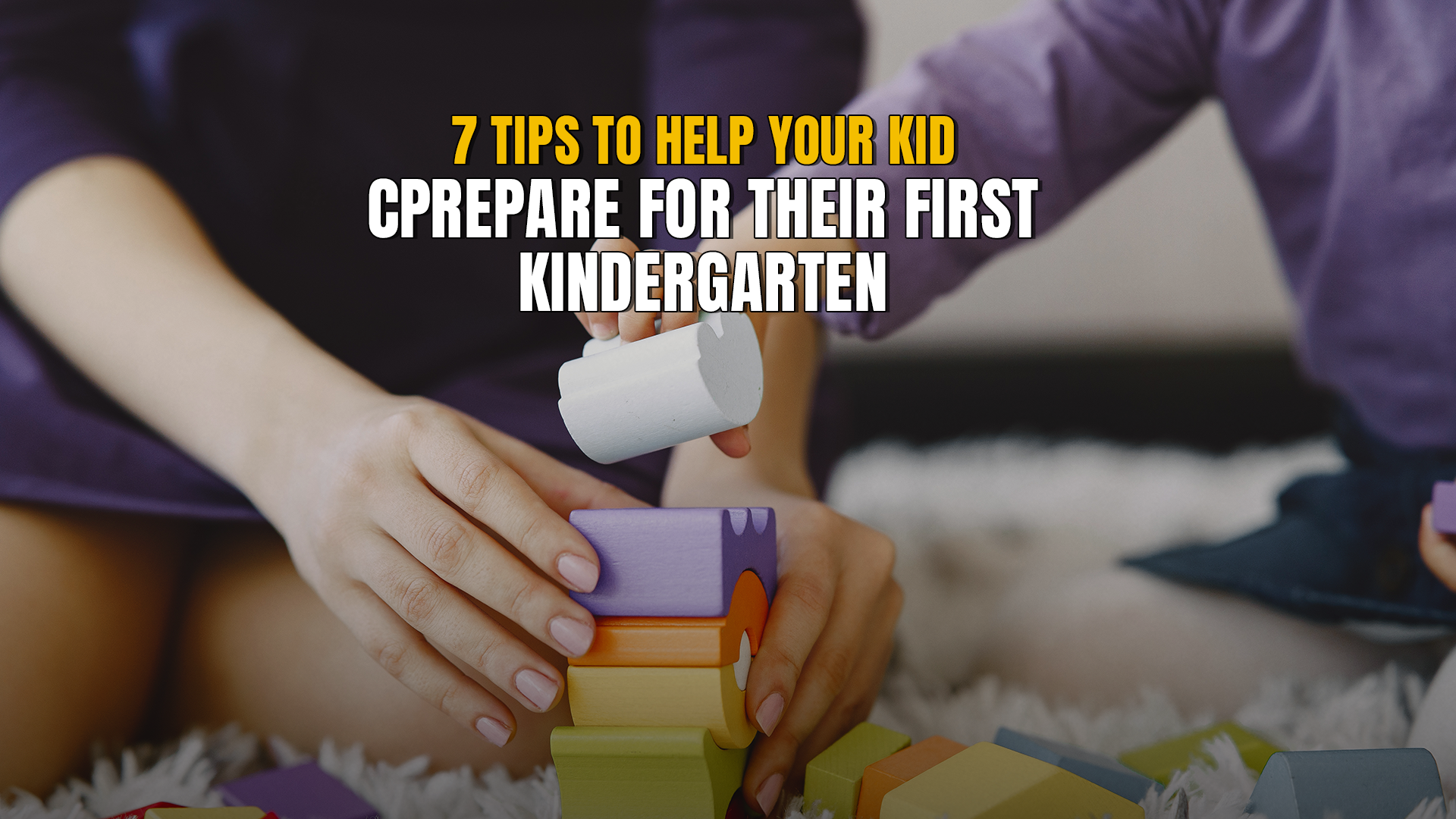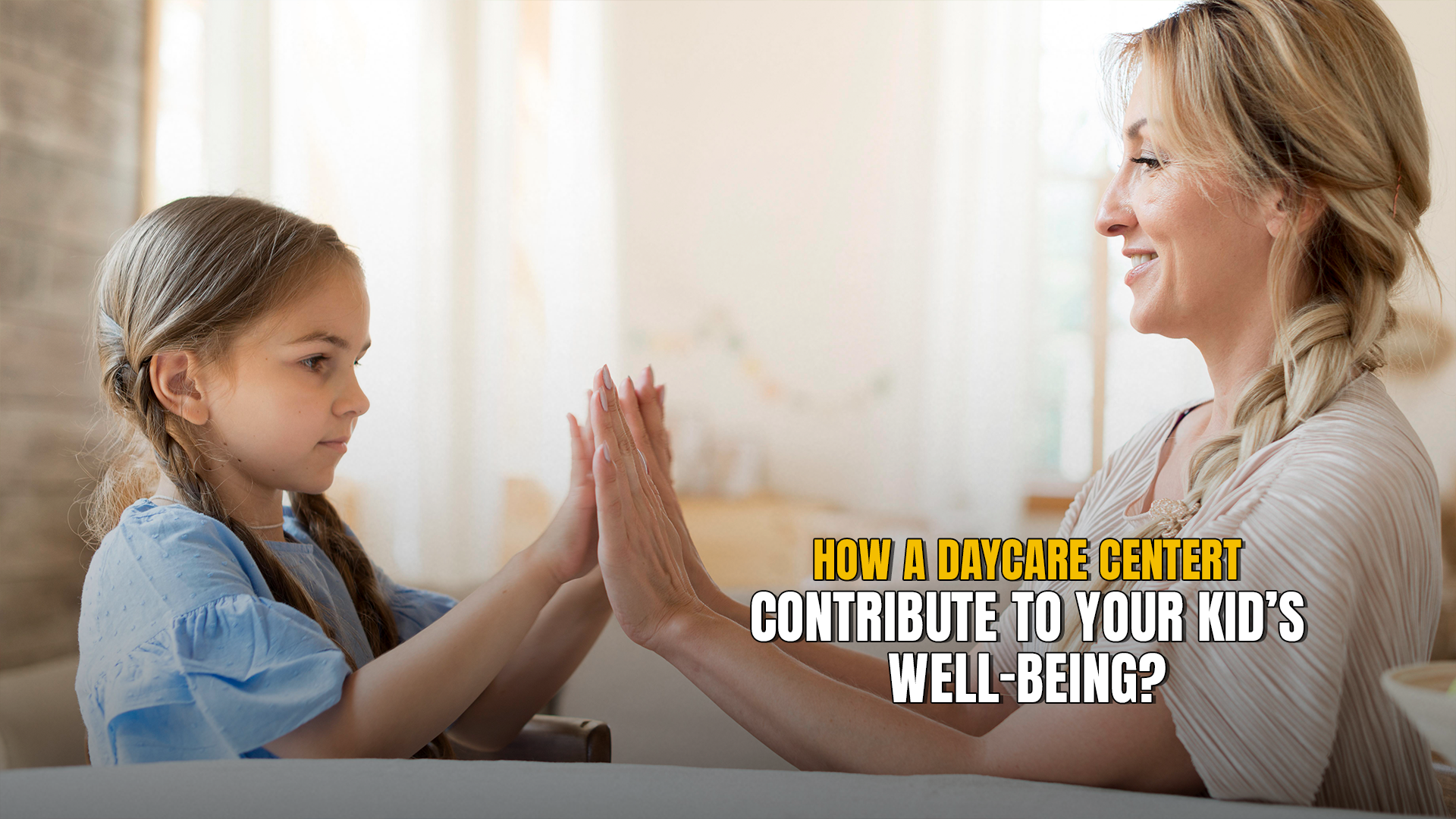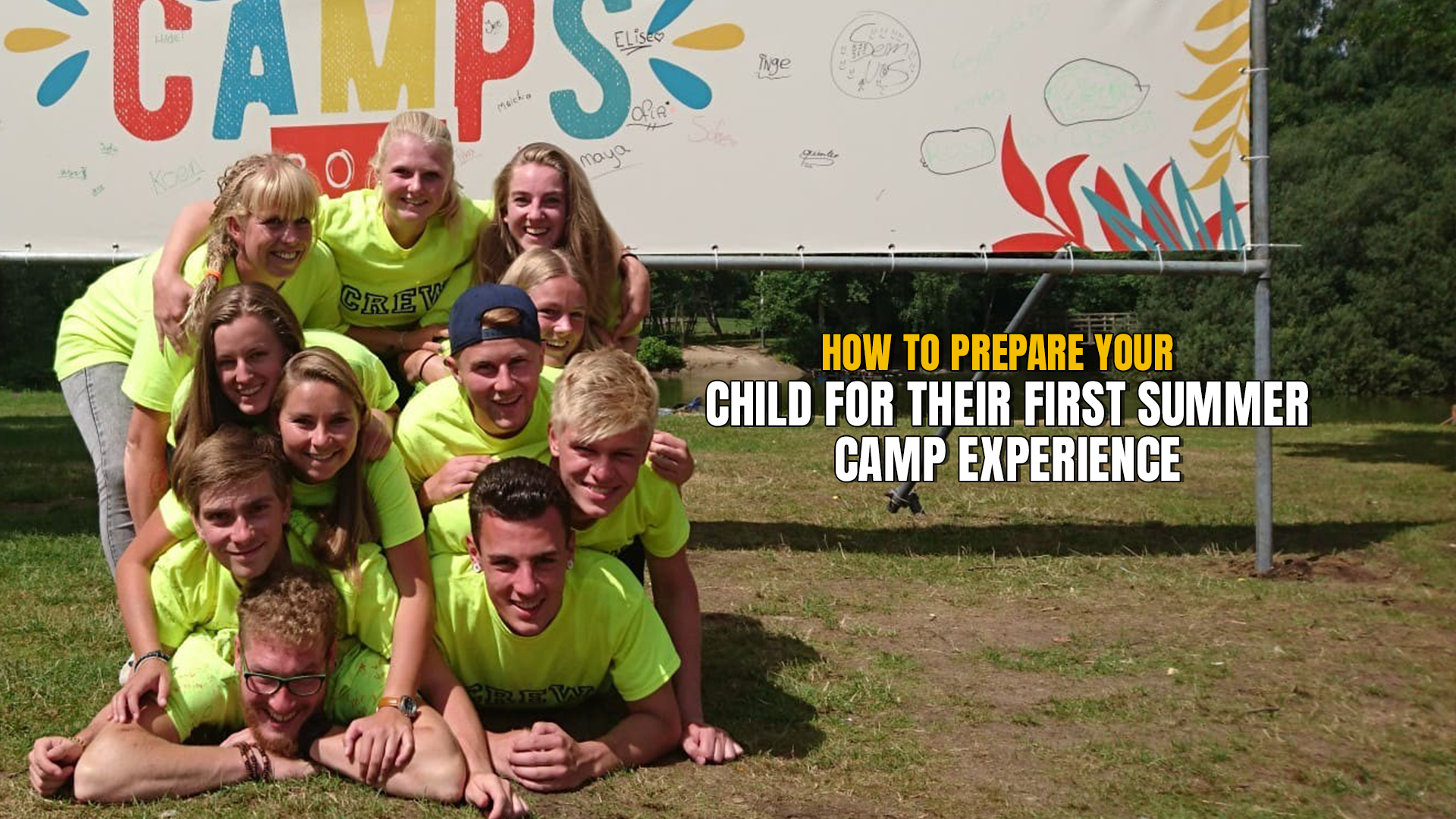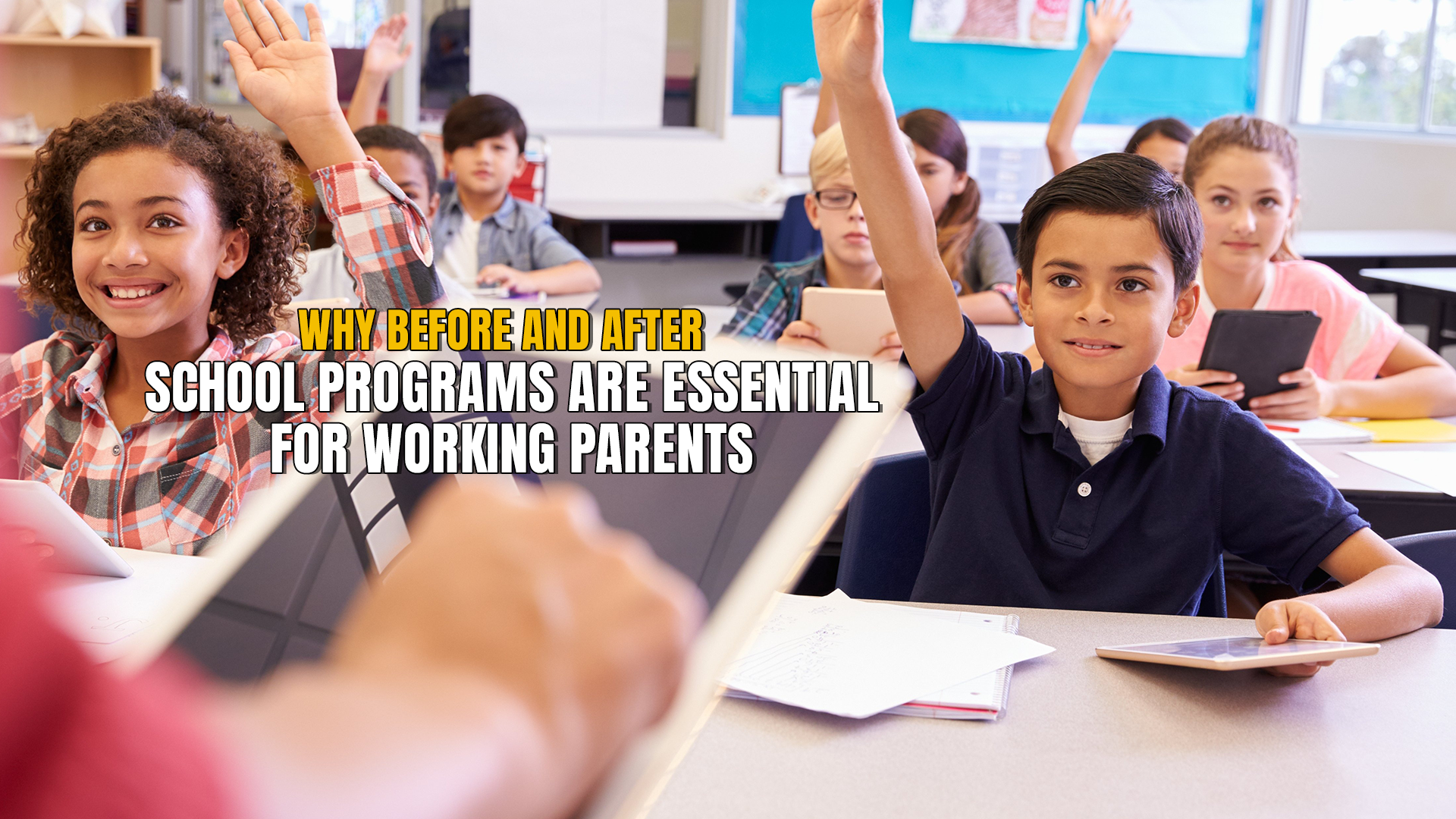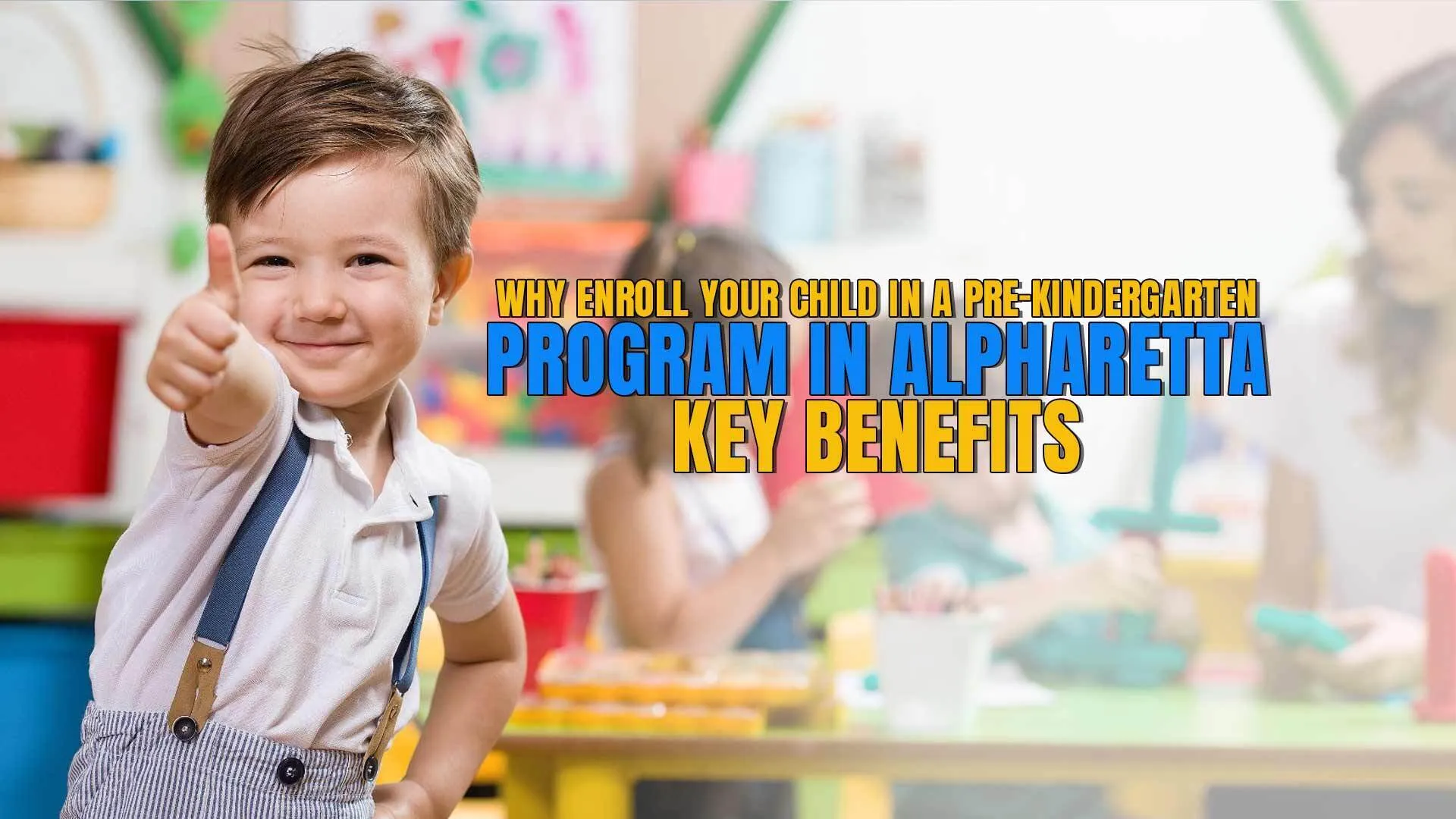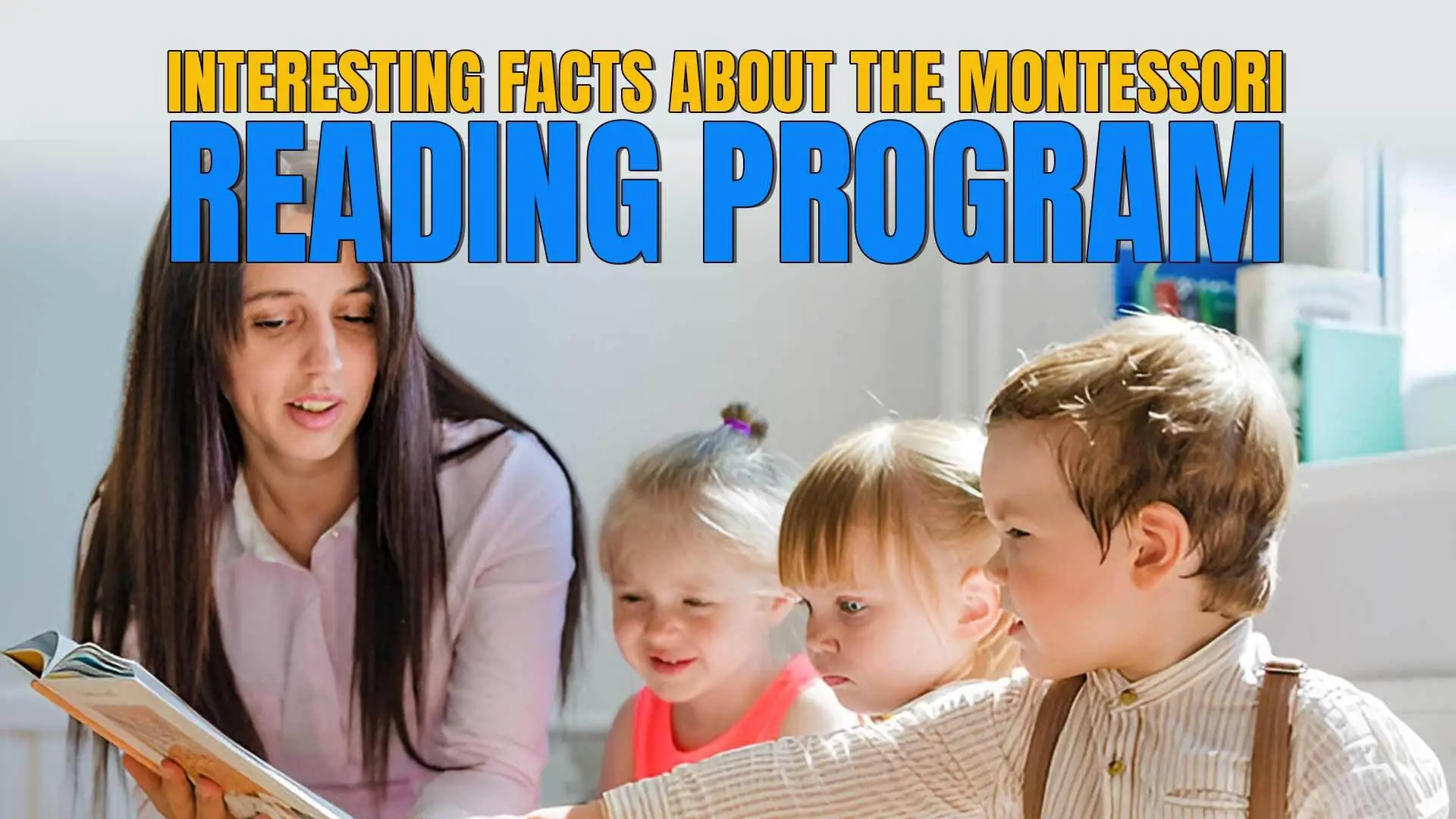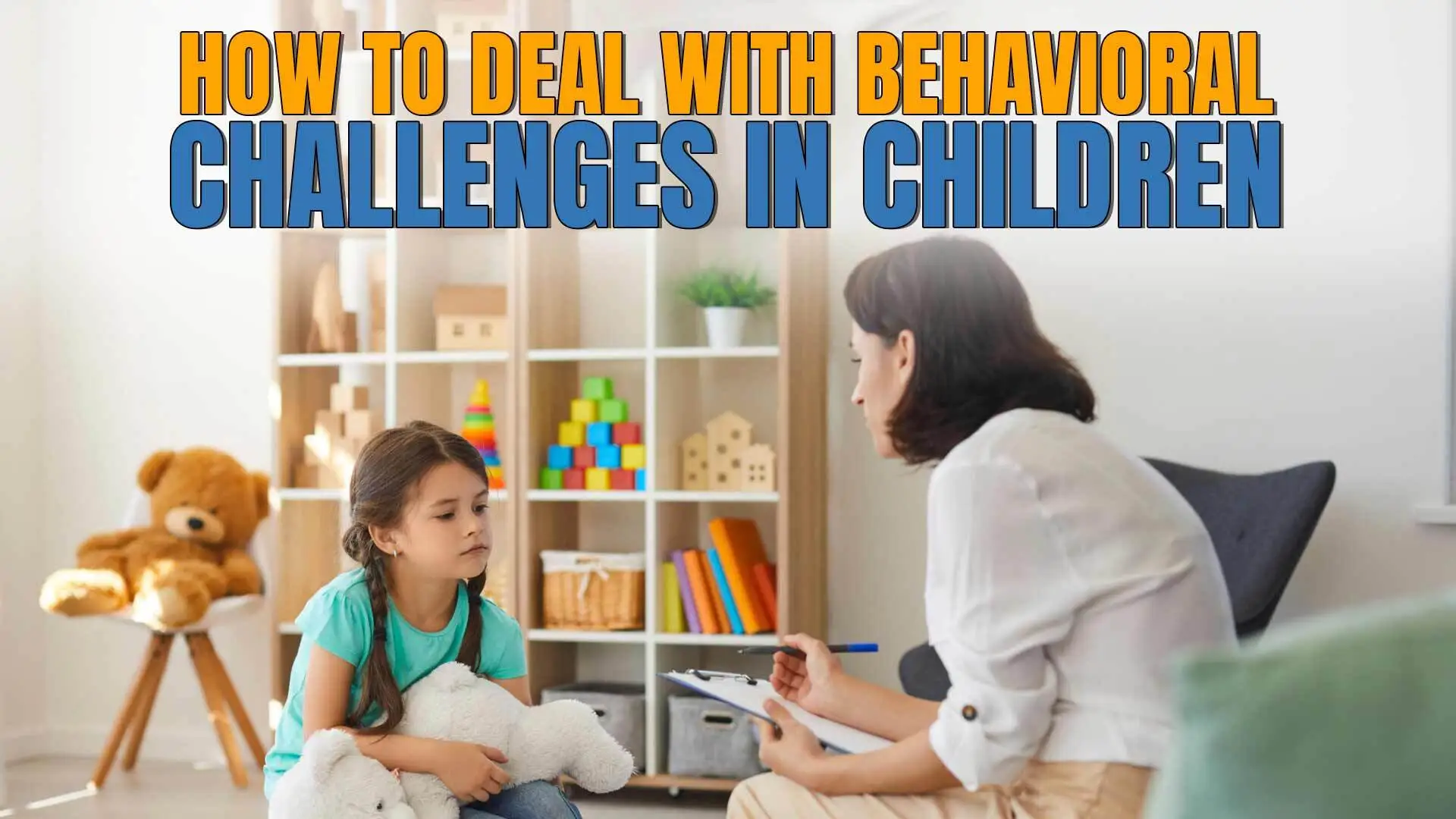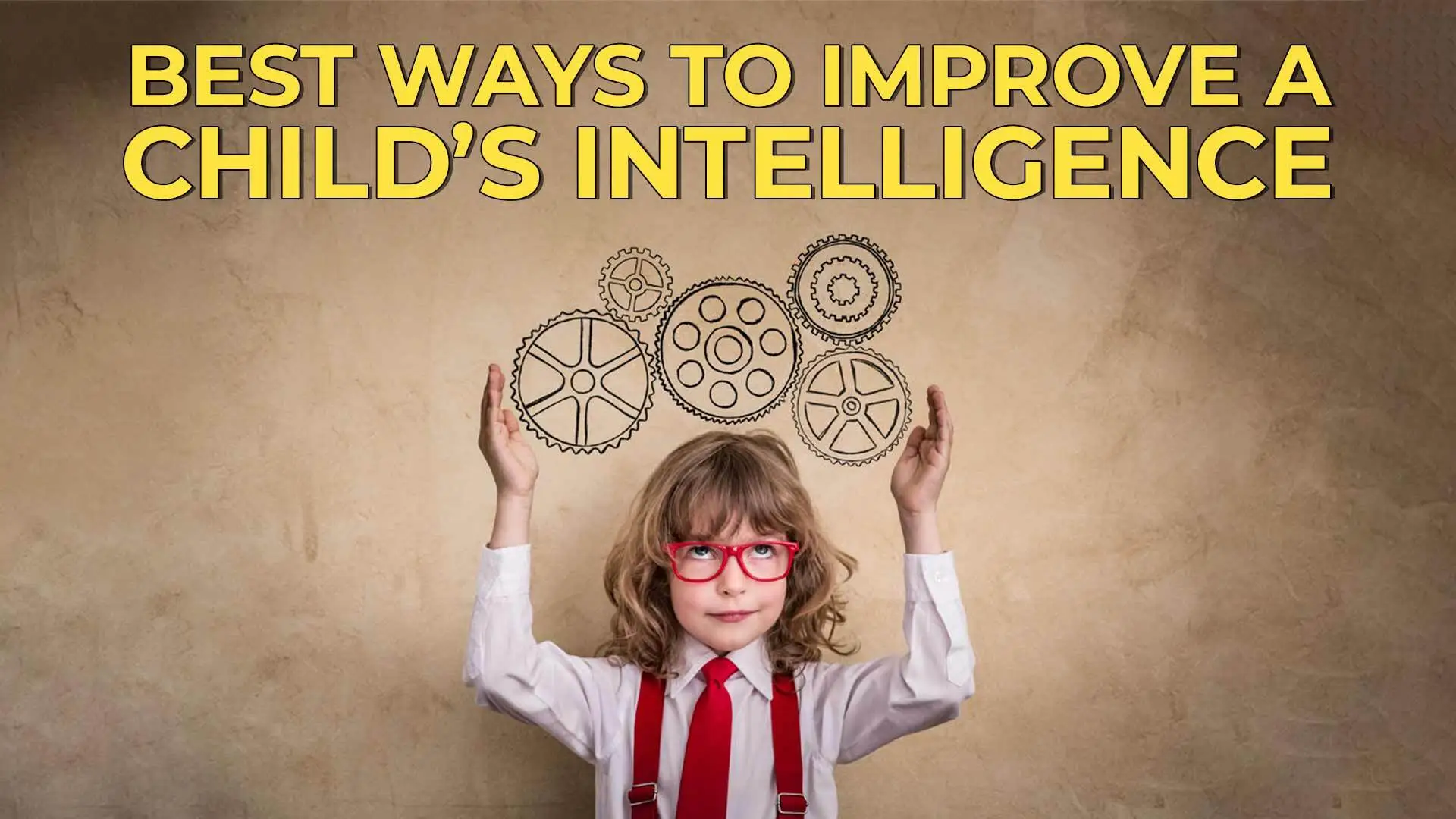You should forget traditional rot memorization techniques and rows of desks because the power of a play-based learning environment is the most important tool for the best early childhood education. Researchers at Cambridge University looked at tons of studies on “play-based learning,” where kids learn through playing with guidance. They found that this type of learning is better at helping kids develop skills like math, recognizing shapes, etc. Moreover, they can switch between tasks compared to just sitting still and being directly taught.
This type of learning involves lots of different types of playful activities. It helps a lot for kids to discover their skills unconsciously while being a part of guided play. These skills include:
- Social interactions.
- Enhanced motor skills.
- Problem-solving skills.
The power of play-based learning lies in its benefits. Let’s discuss the most important benefits for children that play-based learning environments have.
Table of Contents
ToggleBENEFITS OF PLAY-BASED LEARNING
During play-based learning, teachers have a clear objective in their mind. It helps children learn new concepts while being actively playful. Play makes learning fun for young children under 8, helping them grow smarter and kinder. Let’s discuss the major benefits of play-based learning in early childhood making it the ultimate choice of teachers.
1. A HOLISTIC APPROACH TO LEARNING:
Playful learning activities do not address a single area of development. Instead, it gives overall physical, social, emotional, and cognitive developmental support to your kids.
As kids engage in any outdoor play activity, they become physically active. Similarly, interacting with their peers helps in their social and emotional development. They learn how to share, care, and make friends with each other.
2. FREEDOM OF CHOICE:
The power of play-based learning lies in the freedom of choice it gives to kids. Kids learn best when they are actively engaged in playing, and letting them take the lead is even better!
Researchers say playtime should be child-driven whenever possible, where they get to choose what they do. But it seems grown-ups might be stepping in a bit too much, stopping kids from exploring and figuring things out on their own. This could be holding them back from learning new things and getting excited about what they’re doing. Hence, guided play in a classroom setting or any learning center provides this opportunity for freedom of choice for kids.
3. TECHNOLOGICAL BALANCE:
We cannot deny the involvement of technology in our daily lives at this point today! It’s become a part of our almost every daily life activity.
The same goes for kids.
Kids are surrounded by screens these days, but play-based learning is a great way to balance things out. It lets them use their hands and bodies to learn, which is more fun and helps them understand things better. Plus, it gets them moving and keeps them healthy.
4. CHILD-CENTERED APPROACH:
The main focus of play-based learning is the development and well-being of children. It helps them be socially interactive and enhances their academic skills. Based on the research, kids learn best by diving in and getting excited. That’s why it pushes for child-centered learning, where everything from what’s taught to how it’s taught is based on what kids are naturally interested in and how they develop at different ages.
5. A SENSE OF INVOLVEMENT FOR EVERY CULTURE:
Play-based learning offers a space where all children, regardless of background or ability, can learn through play. It celebrates the unique ways each child sees the world. Imagine a classroom where a shy child can build a magnificent castle out of blocks while a more outgoing child acts out a dramatic scene alongside.
Play allows for this kind of collaboration, where everyone contributes their strengths and learns from each other. Because free play is open-ended and child-driven, there’s no single “right” way to do things. This means children develop a sense of learning and exploration at their own pace, in ways that make sense to them. This created a sense of ownership and accomplishment in their learning, leading to a more positive and equitable educational experience for all. This makes it the most amazing power of play-based learning.
6. PARENTAL INVOLVEMENT:
Play-based learning is an opportunity for parents and caregivers to get involved in their child’s education in a fun and meaningful way. Imagine building a fort together, or acting out a story. These playful activities aren’t just fun – they strengthen the bond between parent and child. Plus, parents can subtly guide the play to reinforce what their child is learning in school or daycare, making learning a fun family activity.
KEY TAKEAWAYS:
Play-based learning involves learning in a fun accreative way for kids in early childhood education.
From physical activities to mentally creative, playful learning make your kids highly interactive and curious to learn more.
The power of play-based learning makes it the first choice of teachers and parents as an exciting way to introduce fun learning to kids. At Creative Labs Center, we embrace this approach to make education enjoyable and engaging for children

